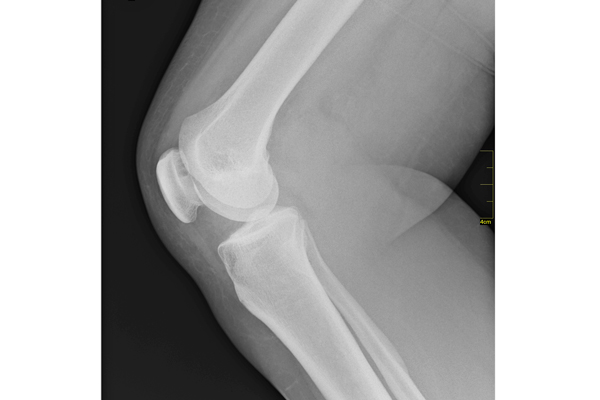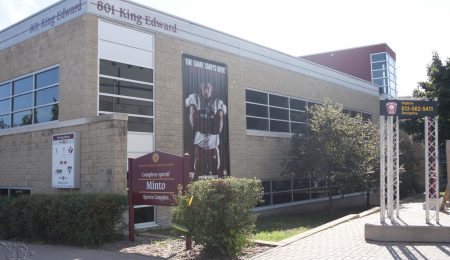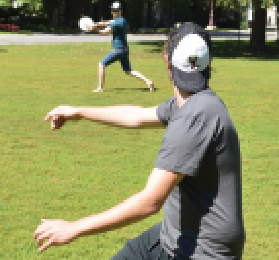Why ACL tears and other injuries are dominant across the sports world
Whether it’s your fantasy season that has been crippled by an injury to your star player, or a personal injury, sports-related injuries in both professional and amateur sports are experiencing a dramatic rise in the number of cases annually in North America.
“Regardless of whether the athlete is a professional, an amateur, an Olympian, or a young recreational athlete, the number of sports injuries is increasing—but the escalation of injuries in kids is the most alarming,” said James R. Andrews, MD, president of the American Orthopaedic Society for Sports Medicine (AOSSM), on the organization’s website. Andrews is a famed orthopaedic surgeon and premiere figure in sports rehabilitation
With involvement in organized sports rising globally, there is also a rise in the number of youth sports injuries and a drop in the age of young athletes with overuse injuries. With a majority of injuries being attributed to overuse, awareness campaigns have begun to curb the life-altering injuries being experienced.
With injuries such as meniscus, anterior cruciate ligament (ACL), medial collateral ligament (MCL) tears being experienced at exponential rates, patients are more frequently experiencing debilitating effects in performance for life. There needs to be a priority placed on informing athletes on how to take the proper preventative measures while participating in sports.
“Armed with the correct information and tools, today’s young athletes can remain healthy, play safe and stay in the game for life,” said Andrews on AOSSM’s website.
With so many of these sports injuries being linked to lack of information, the majority of athletes can stay at the top of their game with a little help from the pros.
Gee-Gees women’s basketball player Kellie Ring, for example, has had first-hand experience with ACL tears, having suffered two in four years.
“The second time I tore it, I was so tired and should’ve listened to my body,” said Ring. “I went too hard too soon and was playing too many minutes and practicing too long.”
With knee injuries being the most common and the most likely to have long-term effects, specifically in cases where the ACL is affected, prevention is being promoted more rigorously across sports organizations globally.
The ACL is one of the four major ligaments that stabilize the knee joint. Among other things, it provides protection for the menisci during some of the most common jumping and pivoting moves that take place during athletic events and training.
Long-term health should be considered, too—studies published to the National Center for Biotechnology Information have found 10 to 20 years after an ACL injury, the rates of degenerative knee osteoarthritis are greater than 50 per cent regardless of whether the ACL was surgically repaired.
“As a team we’re doing preventative ACL workouts, because as a team we have had our fair share of ACL injuries so enough is enough,” said Ring.
The programs include a combination of strengthening exercises focusing specifically on the gluteal and hamstring muscles, as well as balance training and an increased focus on landing and jumping correctly.
Combined, these programs will hopefully reduce the long term crippling effects of sports injuries for not only our Gee-Gees athletes but also for yourself. Allowing athletes to continue performing at their peak is key to the advancement of sport, and protecting our athletes’ knees should be of extreme priority.





